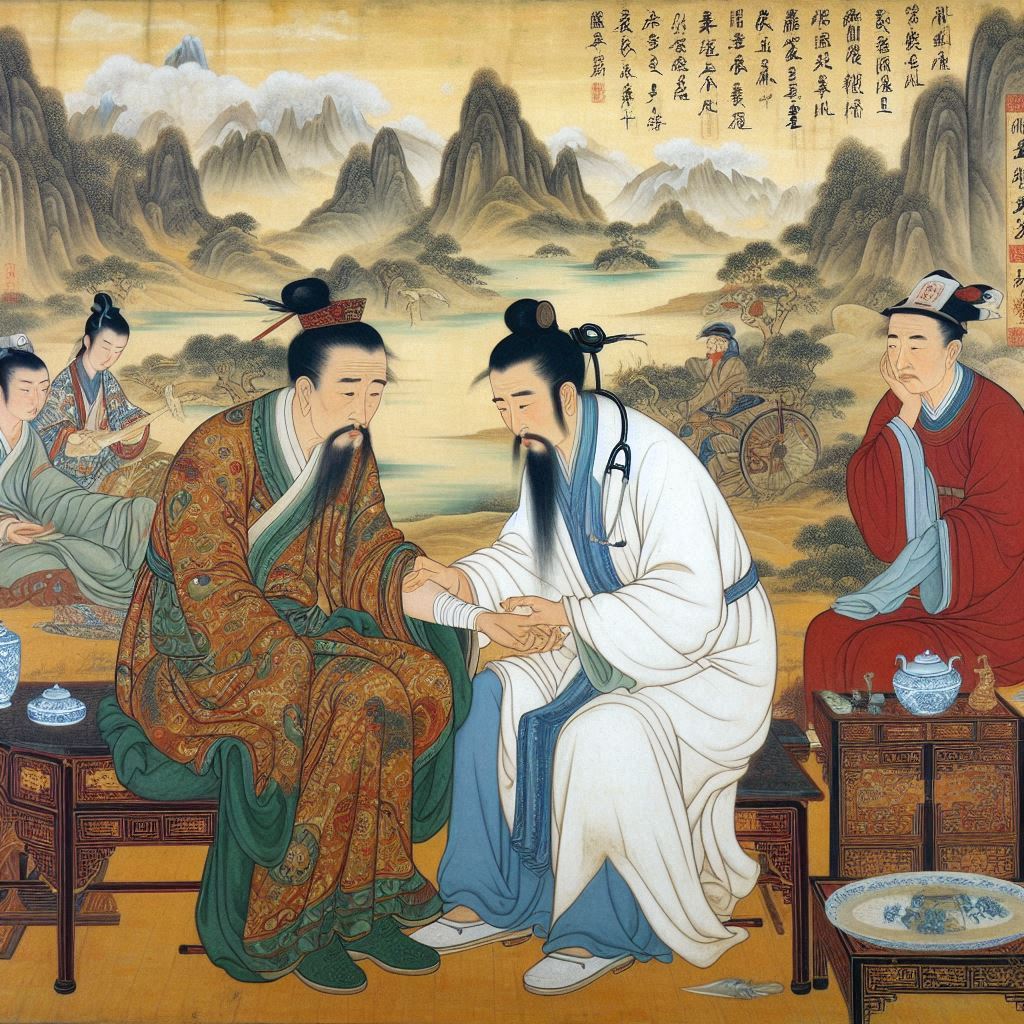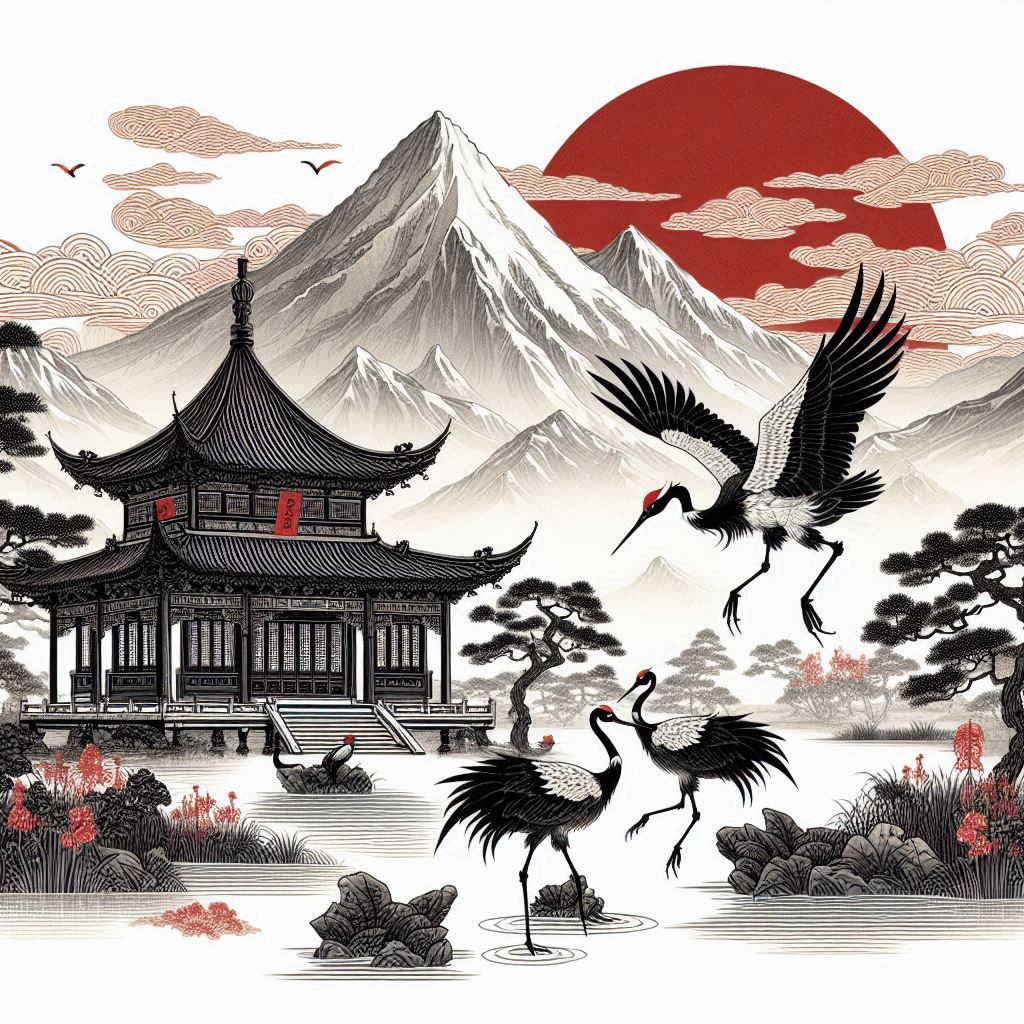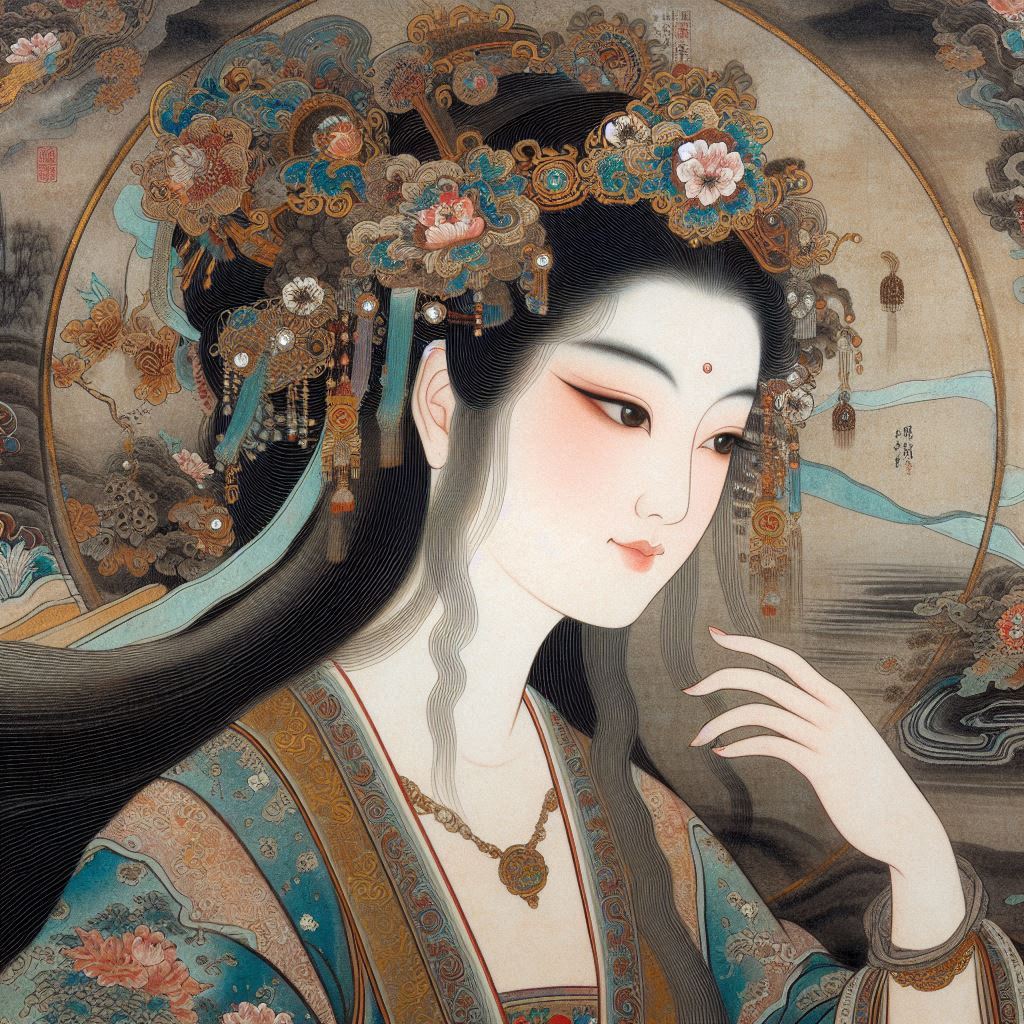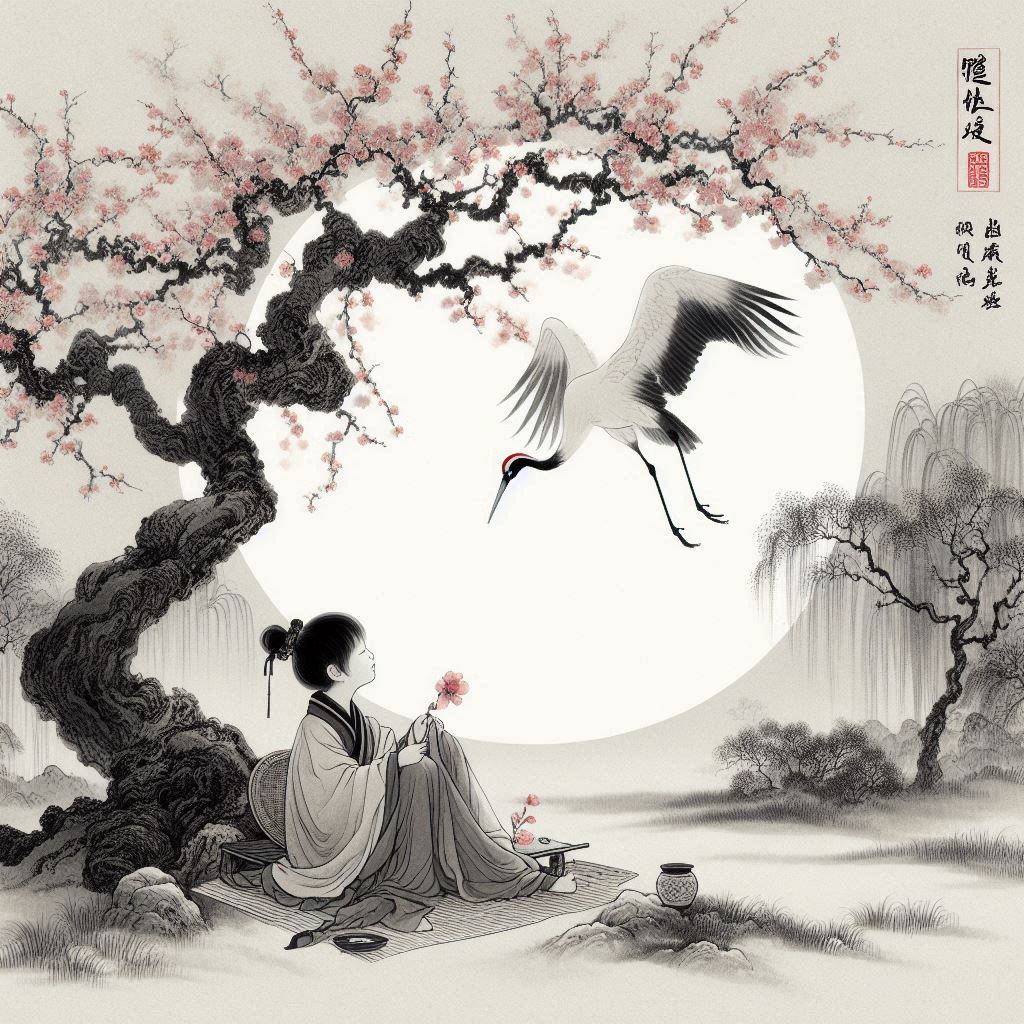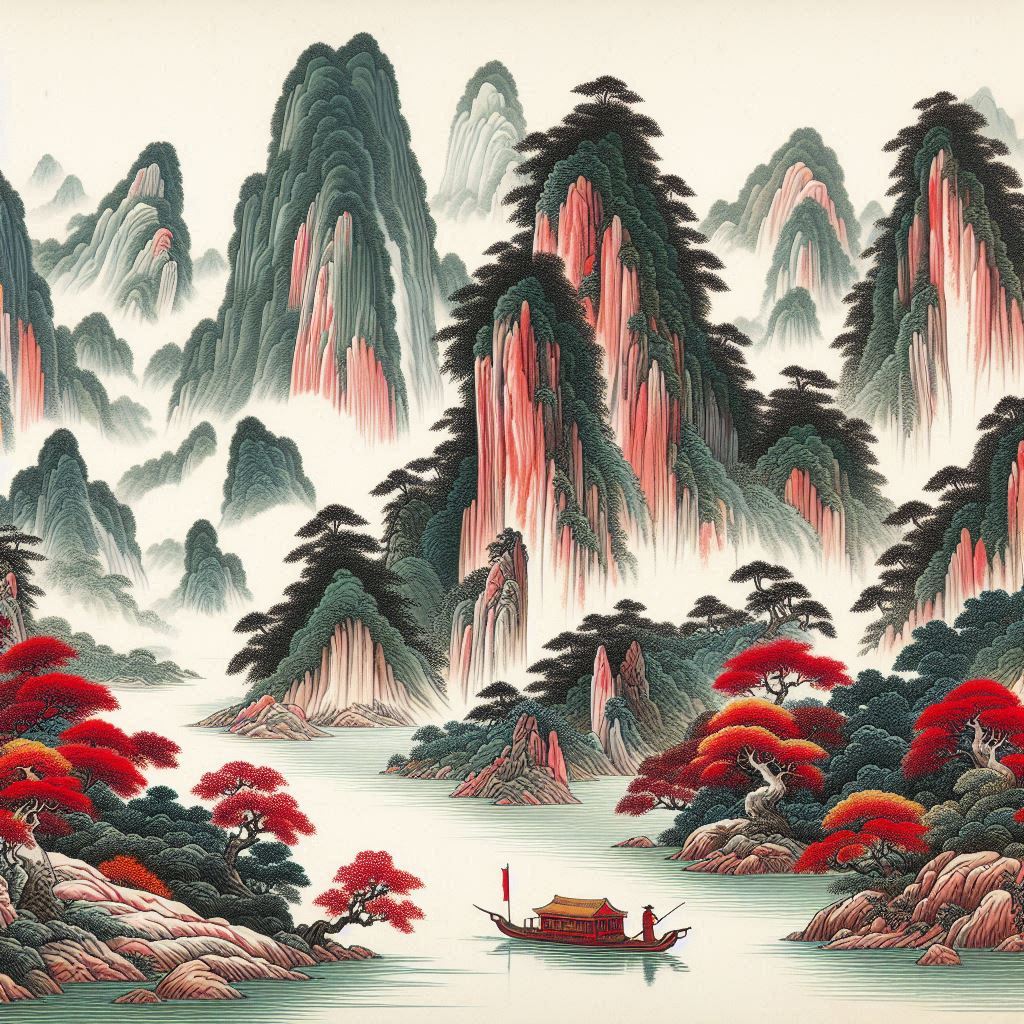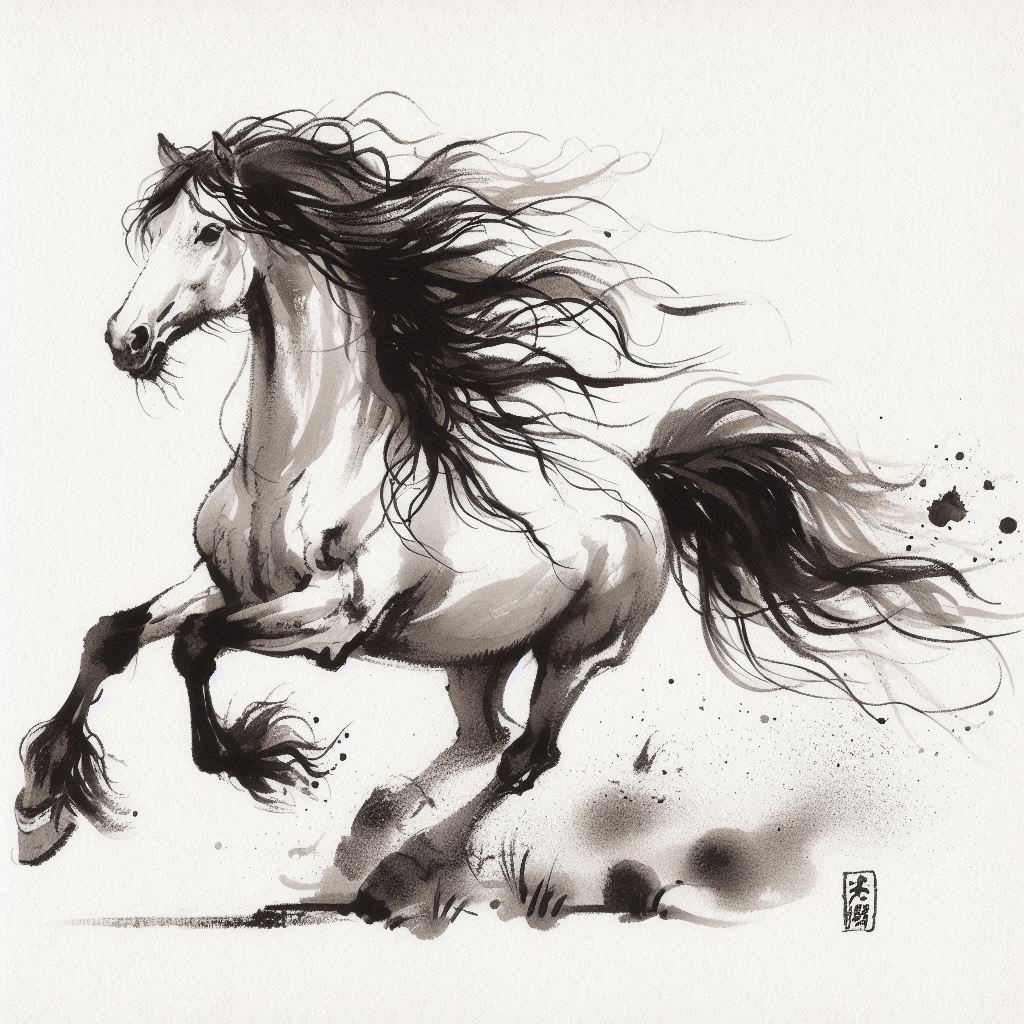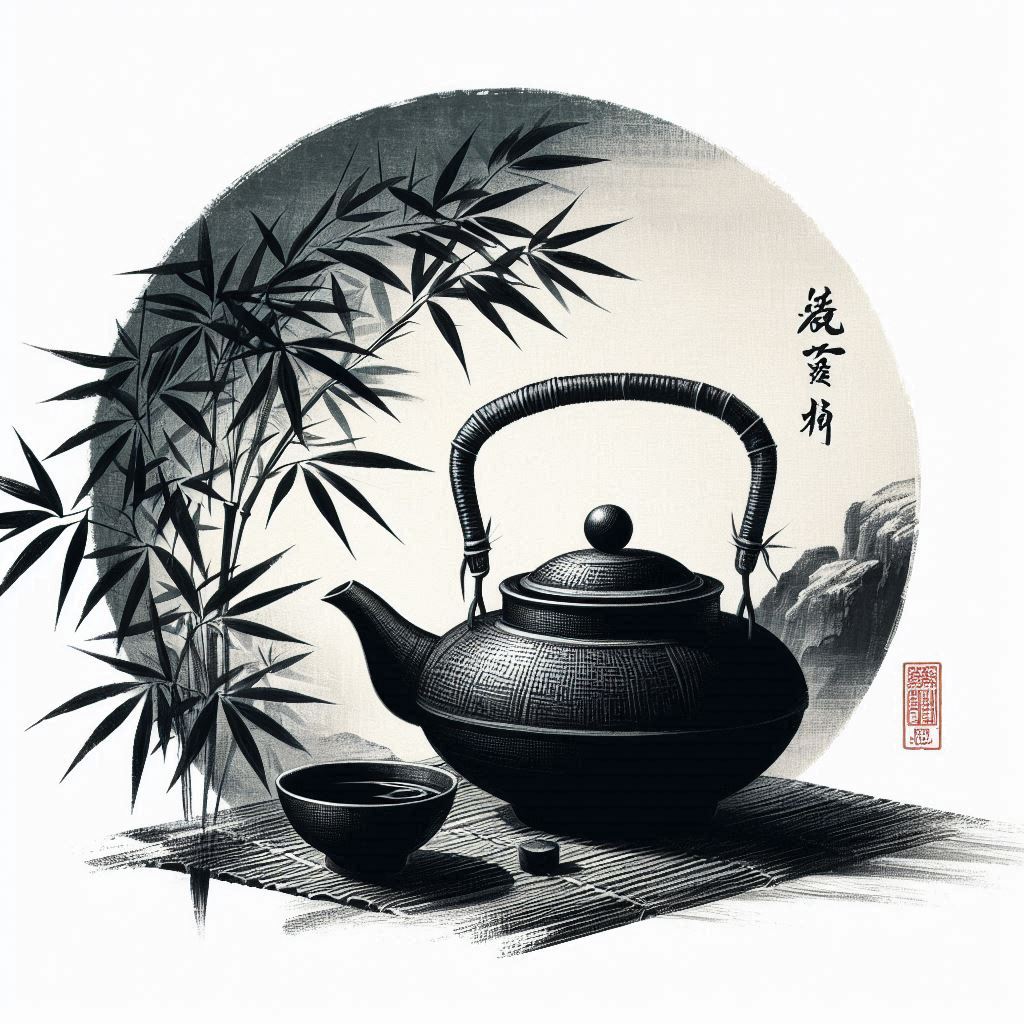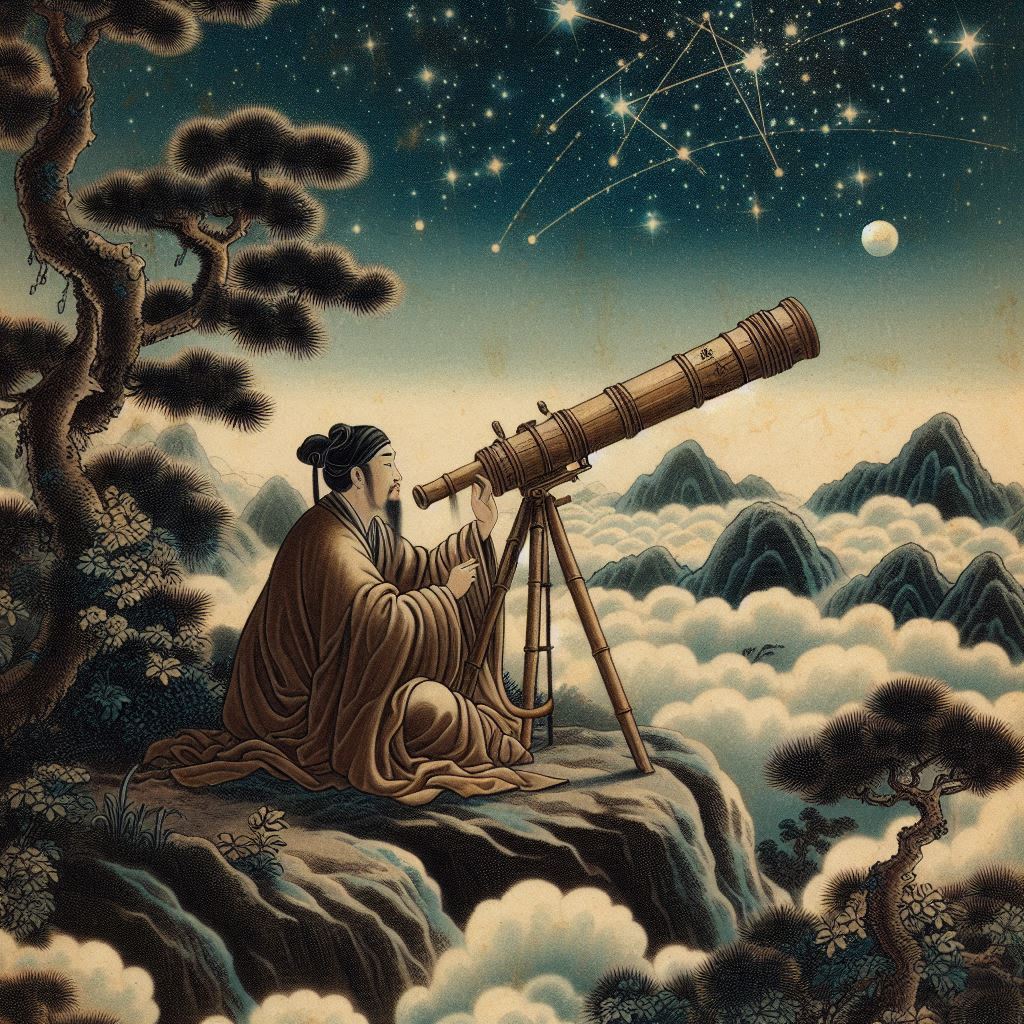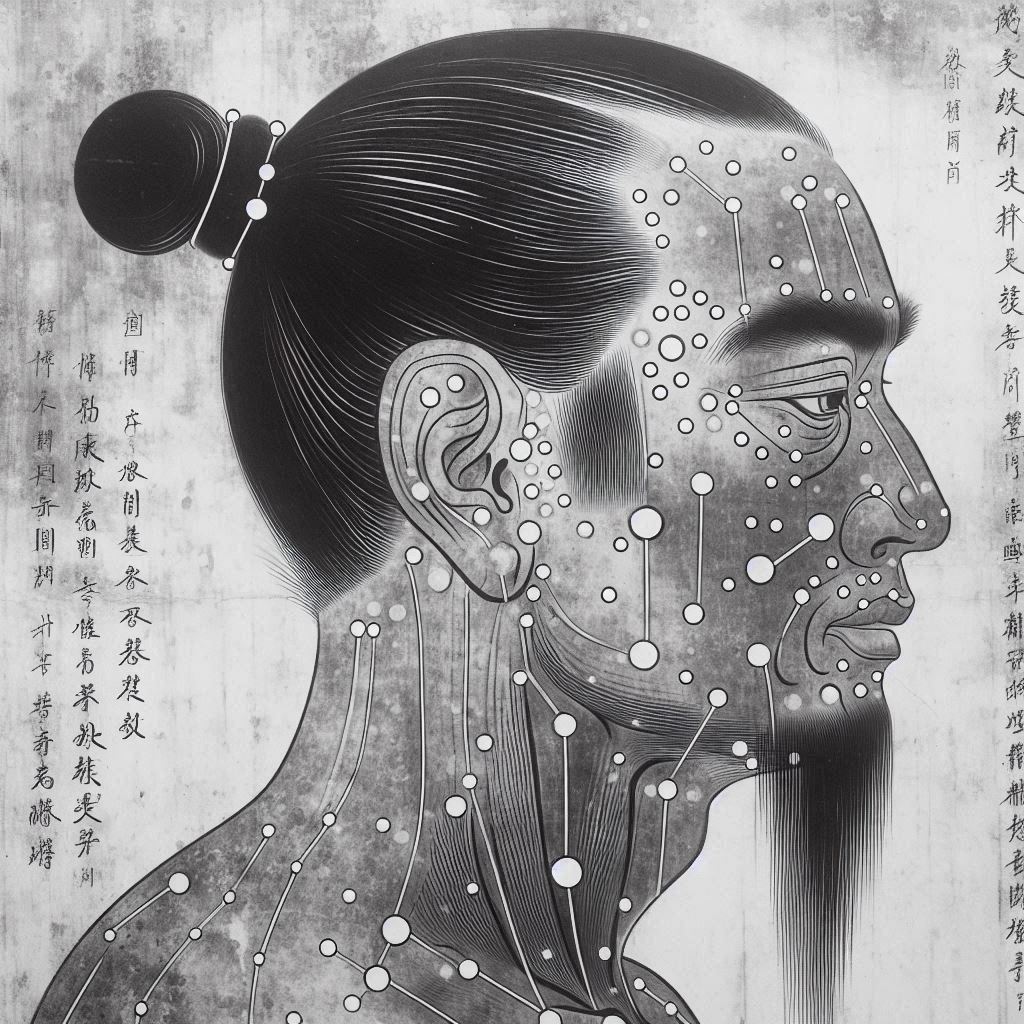According to traditional Chinese medicine all herbs, foods and spices have their own unique temperature. They are cold, cool, neutral, warm or hot. Cold and cool herbs are used to cool “hot diseases”, warm or hot herbs are used to treat “cold diseases”.
Besides an unique temperature all herbs, foods, and spices have their own unique taste, which contributes to their specific effect on our body. The six types of tastes in Chinese medicine are sweet (which benefits the digestion), sour (benefits the Liver), salty (benefits the Kidney), bitter (benefits the Heart), acrid (benefits the Lung), and bland.
The color is a third characteristic of an herb, food or spice, aside the taste and the temperature, that adds to their overall function and property.
Substances with green/blue color enter the Liver channel. The green color has a cleansing effect on the Liver and relaxes, and benefits the eyes – the sense organ the Liver opens to.
Green plants, which cleanse and nourish the Liver, grow in the Liver season – spring. Such are spinach, nettle, sorrel, dock, cucumber, etc. If living in a four season climate it is essential to cleanse the Liver during spring, firstly, because the Liver is most active during that time as it is its season, and secondly because it is overloaded from the heavy fatty food consumed the previous season - winter. For people who are not living in a four season climate it is still essential to cleanse the Liver at least once a year. The above green plants are some good choices to consider using.
Substances with red color enter the Heart channel and the blood. Red herbs such as hawthorn are great for stimulating the Heart; red dates is great substance to nourish the blood.
Red fruits and vegetables grow largely in the first half of the summer – the season of the Heart. Strawberries, cherries, tomatoes, lychee, etc. grow at this time of the year. Eating red seasonal food has a nurturing effect on the Heart and stimulates its energy.
Substances with orange/yellow color enter the Spleen/Stomach channels.
In traditional Chinese medicine the Spleen is referred to as the collective work of some organs and systems participating in the digestion rather than the anatomical organ spleen. The digestive system works to convert food and drink into nutrients, blood and energy. A good working digestive system means higher energy level. Tonifying the Spleen means tonifying the overall energy of the body. Thus yellow herbs such as ginger root and chamomile for example are very beneficial for the digestion, i.e. for the overall energy level of the person.
Orange/yellow fruits and vegetables grow largely in the second part of the summer – the season of the Spleen. Corn, carrots, potatoes, etc. can be found during that time. Honey is an orange/yellow animal product, which benefits the Spleen, and is derived in late summer.
Substances with white color enter the Lung channel. White fruits and vegetables such as pear, radish, cauliflower, garlic, onion, etc. that can be found in the season of the Lung – fall – have a healing and nurturing effect on the Lung.
Substances with black color enter the Kidney channel. During the winter – the season of the Kidney – nothing grows, maybe therefore the color of the winter is black. Nevertheless it is appropriate to stimulate the energy of the Kidney by eating foods with black color during its active season such as black rice, black beans, black sesame seeds, etc. and also drink blueberry, mulberry or blackberry tea.
Certainly all of the above logic does not apply about every herb, food and season. Orange vegetables such as pumpkins grow in the fall and red fruits such as the Chinese wolf berry fruit (Gou Qi) enter the channels of the Liver, the Kidney and the Lung, instead of the Heart. The above arrangement has the purpose to put some "rationality" into the magic of nature but nature can never be categorized, therefore it is always better to review each herb, food and spice with its individual, unique, and different properties and apart from the rest.
YS
Dan Benski, Andrew Gamble (1993). Materia Medica (Revised Edition). Seattle: Eastland Press, Incorporated
Pitchford, Paul (2002). Healing with Whole Foods. Berkeley: North Atlantic Books
Lu, Henry (2005). Chinese Natural Cures. New York: Black Dog & Leventhal Publishers, Inc.
Related Articles:
The Temperature of Herbs, Foods and Spices
The Taste of Herbs, Foods and Spices
The Concept of Qi in Chinese Medicine
Yin and Yang in Chinese Medicine
Five Elements in Chinese Medicine
The Seasons and the Five Elements
The Six Climatic Factors and the Five Elements
The Seven Emotions - Internal Cause of Disease
Emotions and Traditional Chinese Medicine
Please read our Disclaimer

